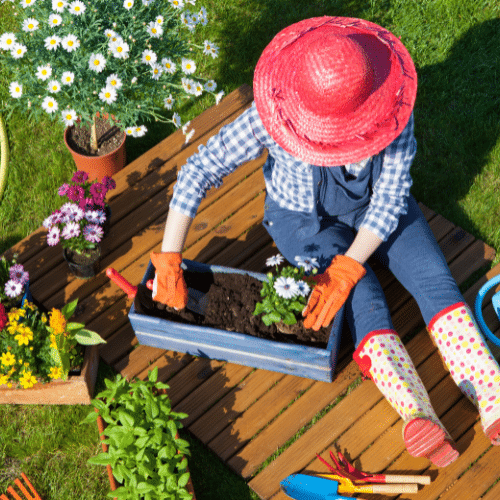
20 Jun Control Garden Pests
Keep Your Garden Healthy
Maintaining a healthy, vibrant garden is a rewarding experience, but it can be challenging when pests invade. Garden pests not only damage plants but also disrupt the ecosystem you’ve worked hard to create. Pest Busterzz is here to guide you through identifying and controlling common garden pests. Our tips are tailored for South Florida residents, including renters and homeowners. A pest-free garden ensures your plants thrive, providing a beautiful and productive outdoor space.
Garden pests are a significant concern for gardeners in South Florida due to the region’s warm and humid climate. This environment provides the perfect breeding ground for various pests that can quickly damage your garden. Early identification and control are crucial to preventing these pests from taking over. Recognizing the common pests in your area helps you implement effective strategies to manage them.
Aphid Control Tips
Aphids are small, soft-bodied insects that can be green, black, or brown. They are often found in clusters on the undersides of leaves or stems. These pests suck the sap from plants, causing leaves to curl, yellow, and eventually die. One telltale sign of an aphid infestation is the presence of sticky residue, known as honeydew, on leaves and stems. This honeydew can attract other pests, such as ants, and promote the growth of sooty mold.
Aphids reproduce quickly, making it essential to address an infestation early. Regularly inspecting your plants for these tiny pests can help you catch an infestation before it becomes severe. If you notice any aphids, take immediate action to remove them and protect your plants.
Identifying Whiteflies and Spider Mites
Whiteflies are tiny, white, winged insects that are often found on the undersides of leaves. When disturbed, they flutter around the plant like a cloud of tiny white moths. Whiteflies feed on plant sap, weakening the plant and causing leaves to yellow and drop prematurely. They also excrete honeydew, which can lead to sooty mold growth.
To identify a whitefly infestation, gently shake the plant and watch for the tiny white insects taking flight. Checking the undersides of leaves for whitefly eggs and larvae is also crucial. Regular monitoring and early detection can help you manage whitefly populations before they cause significant damage.
Spider mites are microscopic, spider-like pests that are often red or yellow. They are challenging to see with the naked eye, but their damage is noticeable. Spider mites feed on plant sap, causing leaves to become speckled with yellow or bronze-colored spots. Severe infestations can cause leaves to turn brown and drop off.
One of the easiest ways to identify a spider mite infestation is by looking for fine webbing on the plant. This webbing is usually found on the undersides of leaves and around stems. Regularly inspecting your plants for these signs can help you detect and manage spider mite infestations early.
Tackling Caterpillars and Slugs
Caterpillars are the larvae of moths and butterflies, and they come in various colors and sizes. These pests are voracious eaters, often leaving large, irregular holes in leaves. Some caterpillars can defoliate entire plants if not controlled promptly. You might also notice frass, which are caterpillar droppings, on the leaves and around the base of plants.
To identify caterpillars, look for the physical damage they cause and inspect your plants for the larvae themselves. Handpicking caterpillars off plants is an effective method for small infestations. However, larger infestations may require more robust control measures.
Slugs and snails are common garden pests, especially in moist, shady areas. These soft-bodied creatures leave irregular holes in leaves and flowers and can decimate young plants overnight. They also leave behind a slimy trail that can be seen on leaves, soil, and plant pots.
Identifying slug and snail damage is relatively easy due to the distinctive holes and slime trails. These pests are most active at night, so inspecting your garden in the evening or early morning can help you catch them in action. Regular monitoring and timely intervention are key to controlling slugs and snails in your garden.
Sustainable Garden Defense
Natural and organic methods are excellent choices for controlling garden pests without harming the environment. Introducing beneficial insects, such as ladybugs, lacewings, and predatory beetles, can help control pest populations. These beneficial insects prey on common garden pests, reducing their numbers naturally.
Companion planting is another effective strategy. Planting marigolds, basil, and other pest-repellent plants can help deter harmful insects. Marigolds, for example, release a scent that repels aphids and whiteflies, while basil can deter mosquitoes and flies. Additionally, homemade remedies like soap sprays, neem oil, and diatomaceous earth can effectively manage pests. These natural solutions are safe for plants, pets, and people, making them ideal for organic gardening.
Physical controls involve manually removing pests or using barriers to prevent them from reaching your plants. Handpicking is a simple yet effective method for small infestations. Regularly inspect your plants and remove any visible pests by hand. For slugs and snails, setting up barriers like copper tape around plant pots can deter them, as they avoid crossing copper surfaces.
Row covers and nets can protect plants from a variety of pests. These physical barriers prevent insects from reaching your plants while allowing light, air, and water to pass through. Traps are also useful for managing specific pests. For example, setting up beer traps can attract and drown slugs, while sticky traps can capture whiteflies and other flying insects.
Chemical Controls
Chemical controls should be used as a last resort, especially in an organic garden. When necessary, choose organic pesticides like insecticidal soap and horticultural oil. These products are less harmful to beneficial insects and the environment compared to synthetic pesticides. Always follow the instructions on the label to ensure safe and effective application.
In cases of severe infestations, professional pest control services may be needed. Pest Busterzz offers comprehensive pest control solutions tailored to your garden’s needs. Our eco-friendly treatments target pests at all life stages, ensuring thorough and effective control. Regular inspections and treatments by our professionals can help keep your garden healthy and pest-free.
Preventing Garden Infestations
Preventative measures are crucial to control garden pests and maintain a pest-free garden. Regular monitoring allows you to catch infestations early and take swift action. Inspect your plants regularly for signs of pests and damage. Healthy soil is the foundation of a resilient garden. Use compost and organic fertilizers to enrich the soil and promote strong plant growth.
Proper watering practices can also help prevent pest problems. Overwatering can create a conducive environment for pests like slugs and snails, while underwatering can stress plants, making them more susceptible to pests. Water your plants appropriately, considering the needs of each species.
Maintaining garden cleanliness is another essential preventative measure to control garden pests. Remove dead leaves, weeds, and debris regularly to reduce hiding places for pests. Pruning plants to improve air circulation can also help prevent fungal diseases and pest infestations. By implementing these preventative measures, you create a garden environment that is less inviting to pests.
Conclusion
Dealing with garden pests requires a proactive and comprehensive approach. By understanding the nature of common garden pests and implementing effective strategies to control garden pests, you can protect your garden from damage. Regular maintenance and cleanliness are key in creating an environment that is less inviting to pests.
Professional pest control services, like those provided by Pest Busterzz, offer tailored solutions to address the unique challenges of garden pest control. Our eco-friendly and organic methods ensure that your garden remains healthy and pest-free. Whether you’re a renter, homeowner, or business owner, taking proactive steps to manage and control garden pests can save you time, money, and stress in the long run.
Don’t let pests take over your garden. Contact Pest Busterzz today for a professional inspection and customized pest control plan. With our expertise and commitment to excellence, you can enjoy a beautiful, thriving garden free from pests. Visit our website or follow us on social media for more tips and information on keeping your garden pest-free.


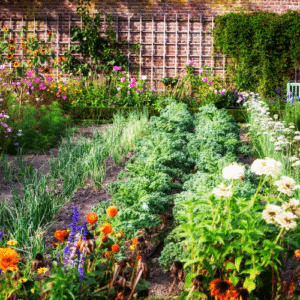
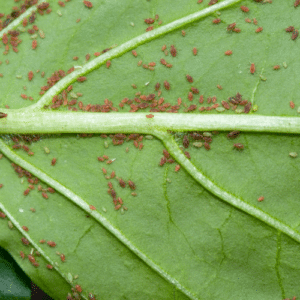
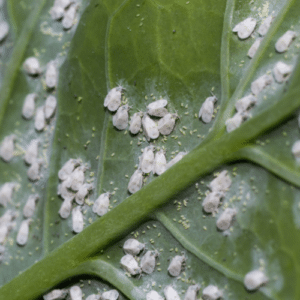
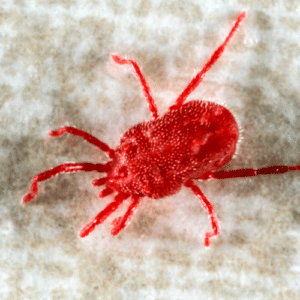
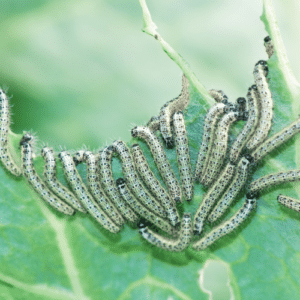
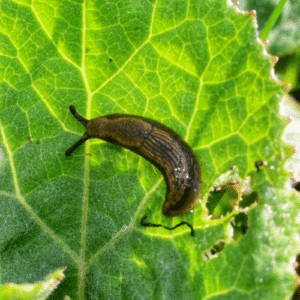
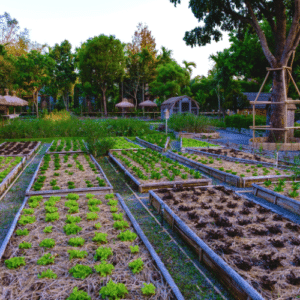
No Comments